
Federal Legislation
After unsuccessful federal legislative attempts to approve a week during the first 10 days in May as Pacific/Asian American Heritage Week, Congress passed New York Representative Frank Horton‘s House Joint Resolution 1007 which President Jimmy Carter signed on October 5, 1978. It became Public Law 95-419. Congress chose the dates in May, recognizing two significant landmarks in Asian/Pacific American history: (1) the arrival in America of the first Japanese immigrants (May 7, 1843) and (2) the role of Chinese workers in building the transcontinental railroad, realized on May 10, 1869.
In 1990, President George H.W. Bush signed a bill extending Asian-American Heritage Week to a month. Two years later May was authorized formally as Asian-Pacific American Heritage Month. In 2009 the designation was changed to Asian American and Pacific Islander Heritage Month.
Books about Asian Americans and Pacific Islanders
A few of the books about Asian Americans and Pacific Islanders in the Richmond Public Library’s collection are:
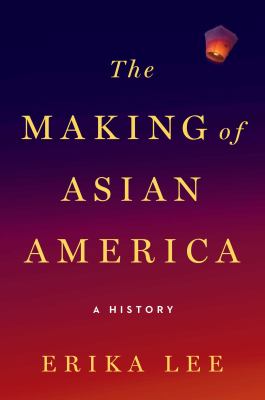
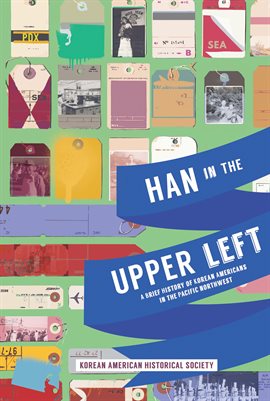
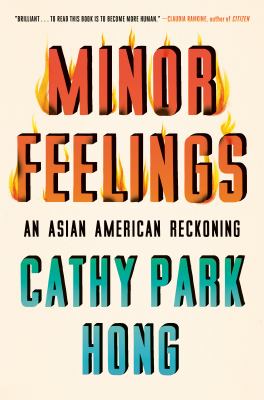
DO YOU KNOW?
- The estimated number of Asian alone-or-in-combination residents in the United States in 2019 was 22.9 million. Source:
https://www.census.gov/data/tables/time-series/demo/popest/2010s-national-detail.html
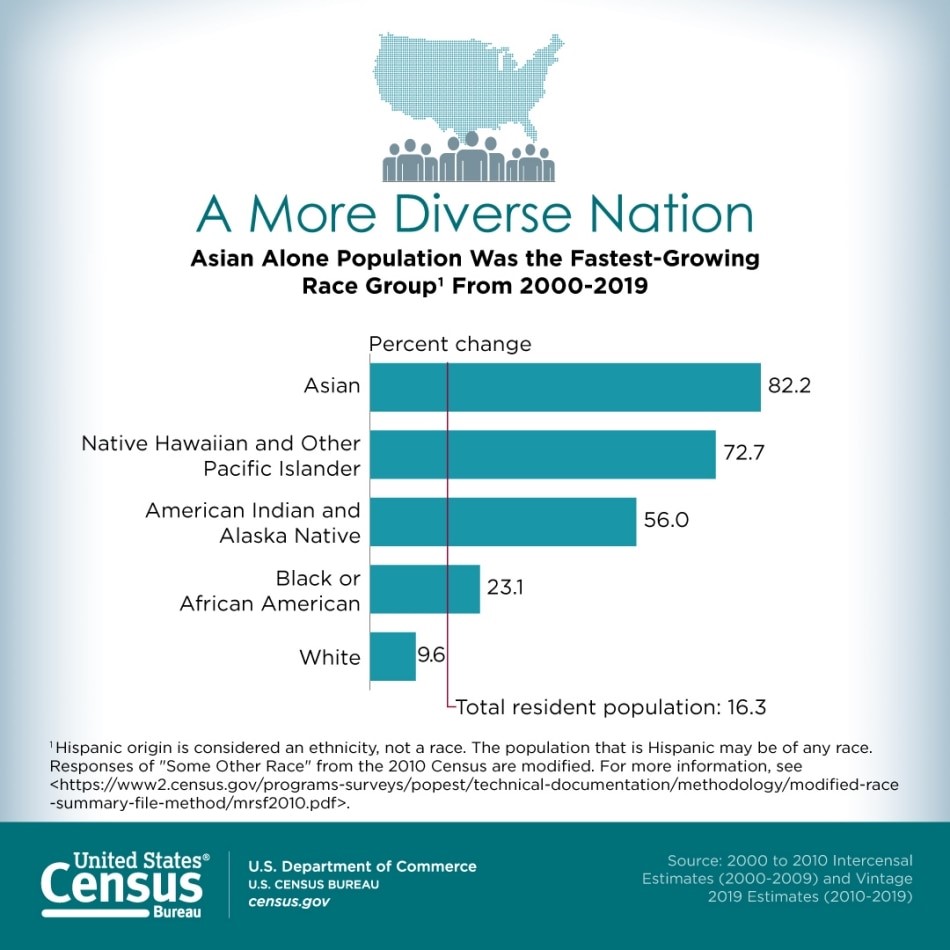
- The estimated number of the Asian population of Chinese, except Taiwanese, descent in the United States in 2019 was 5.2 million. The Chinese (except Taiwanese) population was the largest Asian group, followed by Asian Indian (4.6 million), Filipino (4.2 million), Vietnamese (2.2 million), Korean (1.9 million) and Japanese (1.5 million). These estimates represent the number of people who reported a specific detailed Asian group alone, as well as people who reported that detailed Asian group in combination with one or more other detailed Asian groups or another race(s).
Source: https://data.census.gov/cedsci/table?q=B02018&tid=ACSDT1Y2019.B02018&hidePreview=true
- The percentage of Asians alone or in combination who are military veterans in 2019 was 2.5%.
Source:
- The estimated number of Native Hawaiian and Other Pacific Islander alone-or-in-combination residents of the United States in 2019 was 1.6 million. Source:
https://www.census.gov/data/tables/time-series/demo/popest/2010s-national-detail.html
- The number of Native Hawaiian residents in America as of 2019 was 607,010. The Native Hawaiian population was the largest detailed Native Hawaiian and Other Pacific Islander (NHPI) group, followed by Samoan (204,640) and Guamanian or Chamorro (160,773). These estimates represent the number of people who reported a specific detailed NHPI group alone, as well as people who reported that detailed NHPI group in combination with one or more other detailed NHPI groups or another race(s). Source:
https://data.census.gov/cedsci/table?q=b02019&tid=ACSDT1Y2019.B02019
- The percentage of Native Hawaiian and Other Pacific Islander alone or in combination who are military veterans in 2019 was 7.2%.
Source: https://data.census.gov/cedsci/table?q=b02019&tid=ACSDT1Y2019.B02019
Follow this U.S Census Bureau link to find out more interesting statistics:
https://www.census.gov/newsroom/facts-for-features/2021/asian-american-pacific-islander.html
- Do you know that today there are over 300,000 living Asian-American, Native Hawaiian, and Pacific Islander American Veterans. The Library of Congress is preserving their stories and honoring their contributions to our society through its Veterans History Project. Veterans like Kurt Chew-Een Lee, Jaden Kim, Kenje Ogata, Maginia Sajise Morales, Peter Young (a librarian before he was drafted) and Veasna Rouen are just a few of the veterans who have shared their experiences and are included in the project.

Jaden Kim, a female Asian American, served in the Afghan War.

The digital collection Asian Pacific Americans: Going for Broke highlights additional stories from World War II, Korea, Vietnam, and Iraq such as that of Grant Hirabayashi who was one of the of Merrill’s Marauders commandos “who slogged their way through the Burmese jungles to overcome the Japanese occupiers….They served in both intelligence and combat capacities, translating captured documents and fighting where needed….” Hirabayashi later served in India and China. He “interrogated Japanese POWs [prisoners of war], one of whom accused him of betraying his people.” http://memory.loc.gov/diglib/vhp-stories/loc.natlib.afc2001001.28498/
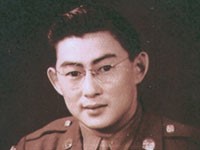
- Dou you know that the fight for school desegregation began long before Brown v. Board of Education (1954)? In 1884, Joseph and Mary Tape defied San Francisco’s policy of segregating Chinese school by enrolling their daughter, Mamie, in the all-white Spring Valley School. The school refused to enroll Mamie. The Tapes then sued the San Francisco School District in Tape v. Hurley. After they won, the school district unsuccessfully appealed the case to the California Supreme Court. The case ensured the “right of children born to Chinese parents to public education.”
https://en.wikipedia.org/wiki/Tape_v._Hurley. To learn more about this and other cases go to
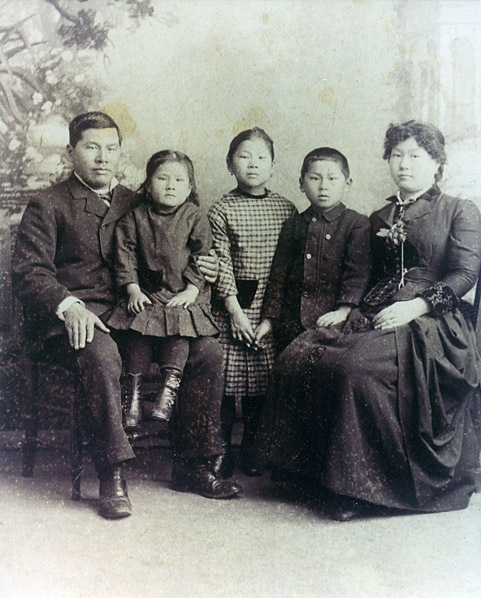
Following the decision, San Francisco’s Superintendent of Public Schools Andrew Moulder implored state Representative W.B. May to pass a pending bill, establishing a separate school system for Chinese and other ‘”Mongolian’” children. Moulder wrote May: ‘”Without such action I have every reason to believe that some of our classes will be inundated by Mongolians. Trouble will follow.’” May got behind the bill, passed the next day. Assembly Bill 268 authorized the creation of ‘”separate schools for children of Mongolian or Chinese descent. When such separate schools are established, Chinese or Mongolian children must not be admitted into any other schools.’” The San Francisco school board then established the city’s Chinese Primary School.
In spite of Mary Tape’s pledge that Mamie would not attend Chinese-only schools, Mamie and her brother were the “first students to attend the Chinese Primary School when it opened in Chinatown on April 13, 1885.” https://blogs.loc.gov/headlinesandheroes/2021/05/before-brown-v-education-there-was-tape-v-hurley/
Tape v. Hurley was comparable somewhat to the historic 1896 Plessy v. Ferguson case, validating the lawfulness of segregated schools on the grounds of “separate but equal.” But, the cases are dissimilar since African-American children were considered as citizens whereas Chinese-American children were seen as foreigners or outsiders.
- Do you know that a 1912 New York Times article referred to Mabel Ping-Hua Lee as the ‘“the symbol of the new era, when all women will be free and unhampered.’” Only sixteen years old, Lee was known as a trailblazing suffragist and activist. She helped lead nearly 10,000 people in the New York suffrage parade. Later Lee became the first Chinese woman to receive a PhD in economics. In 1921, she published her research in The Economic History of China.
https://www.womenshistory.org/education-resources/biographies/mabel-ping-hua-lee
Dr. Lee was also a pastor and community service worker.
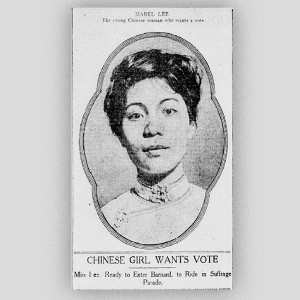
Mabel Lee pictured in the April 13, 1912 New York Tribune
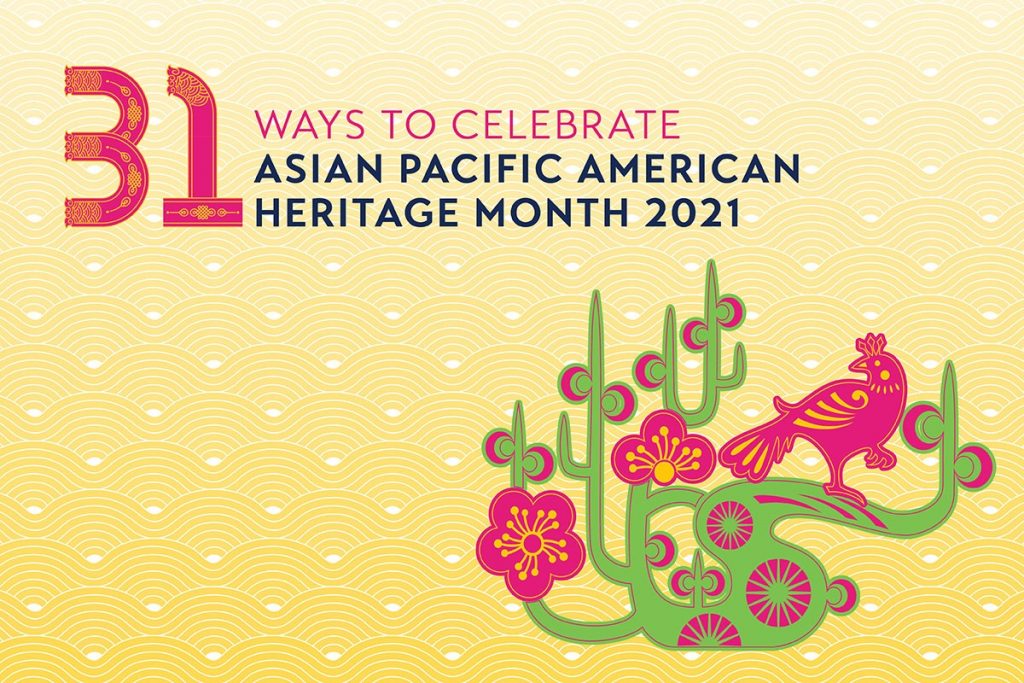
- Do you know about the Asian Society’s
https://asiasociety.org/texas/asian-pacific-american-heritage-month-2021
The library has a number of other books and resources you can explore to learn more about Asian American and Pacific Islanders by going to the website: https://rvalibrary.org/.
Happy Reading!